How to Choose the Best Subwoofer for Your Car Audio System
When it comes to enhancing your car audio experience, choosing the right subwoofer for car is crucial. According to a recent report by the Consumer Electronics Association, approximately 70% of car audio enthusiasts consider a subwoofer to be a necessary component for achieving superior sound quality. A well-selected subwoofer not only adds depth and power to your music but also translates into an immersive listening experience that faithfully reproduces low-frequency sounds. Furthermore, a study by TechRadar indicates that subwoofers can increase the overall audio enjoyment by up to 40%, transforming ordinary drives into extraordinary journeys. As the market for car audio systems continues to evolve, understanding the specifications, types, and installation options of subwoofers can significantly impact your vehicle's acoustic performance. Therefore, making an informed decision is essential for any car audio aficionado looking to elevate their sound system to the next level.
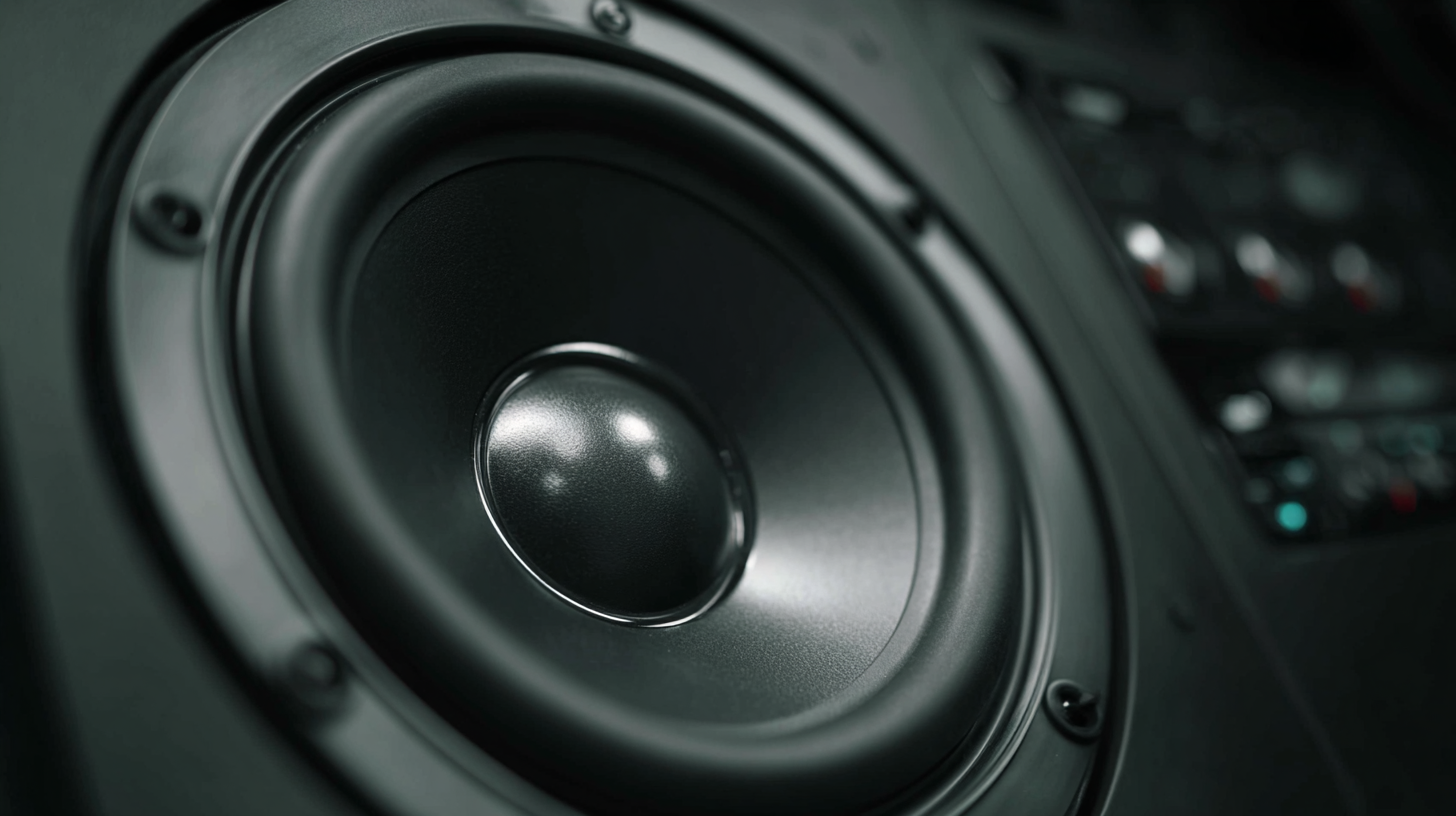
Understanding the Different Types of Car Subwoofers Available
When selecting a subwoofer for your car audio system, it's crucial to understand the different types available, as each offers unique features and sound experiences. The most common types are sealed, ported, and bandpass subwoofers. Sealed subwoofers provide tight, accurate bass and are ideal for those who prefer precise sound in their music. They generally take up less space and are easier to install, making them a popular choice among car audio enthusiasts.
Ported subwoofers, on the other hand, include a vent or port that enhances the bass output, resulting in a louder sound with more depth. These subwoofers are suitable for genres that require powerful low-end frequencies, like hip-hop or electronic dance music. Lastly, bandpass subwoofers are designed with two chambers and offer a distinct sound characterized by an efficient bass response, typically favored in competition settings due to their high output levels. Understanding these various types will help you make an informed decision to elevate your car audio experience.
Comparison of Different Types of Car Subwoofers
This chart displays the performance attributes of various types of car subwoofers based on frequency response and power handling capacity. The data helps in understanding which type might best suit your car audio system needs.
Key Specifications and Features to Consider for Your Subwoofer
When selecting the best subwoofer for your car audio system, it’s essential to understand the key specifications and features that will impact your listening experience. One of the primary factors to consider is the subwoofer’s size. Generally, larger subs produce deeper bass, but they require more space and power. A common choice for many is the 10-inch or 12-inch subwoofer, balancing size and performance effectively. Furthermore, pay attention to the driver’s power handling, measured in watts. Higher power ratings allow the subwoofer to handle more dynamic ranges without distortion, which is crucial for delivering high-quality sound.
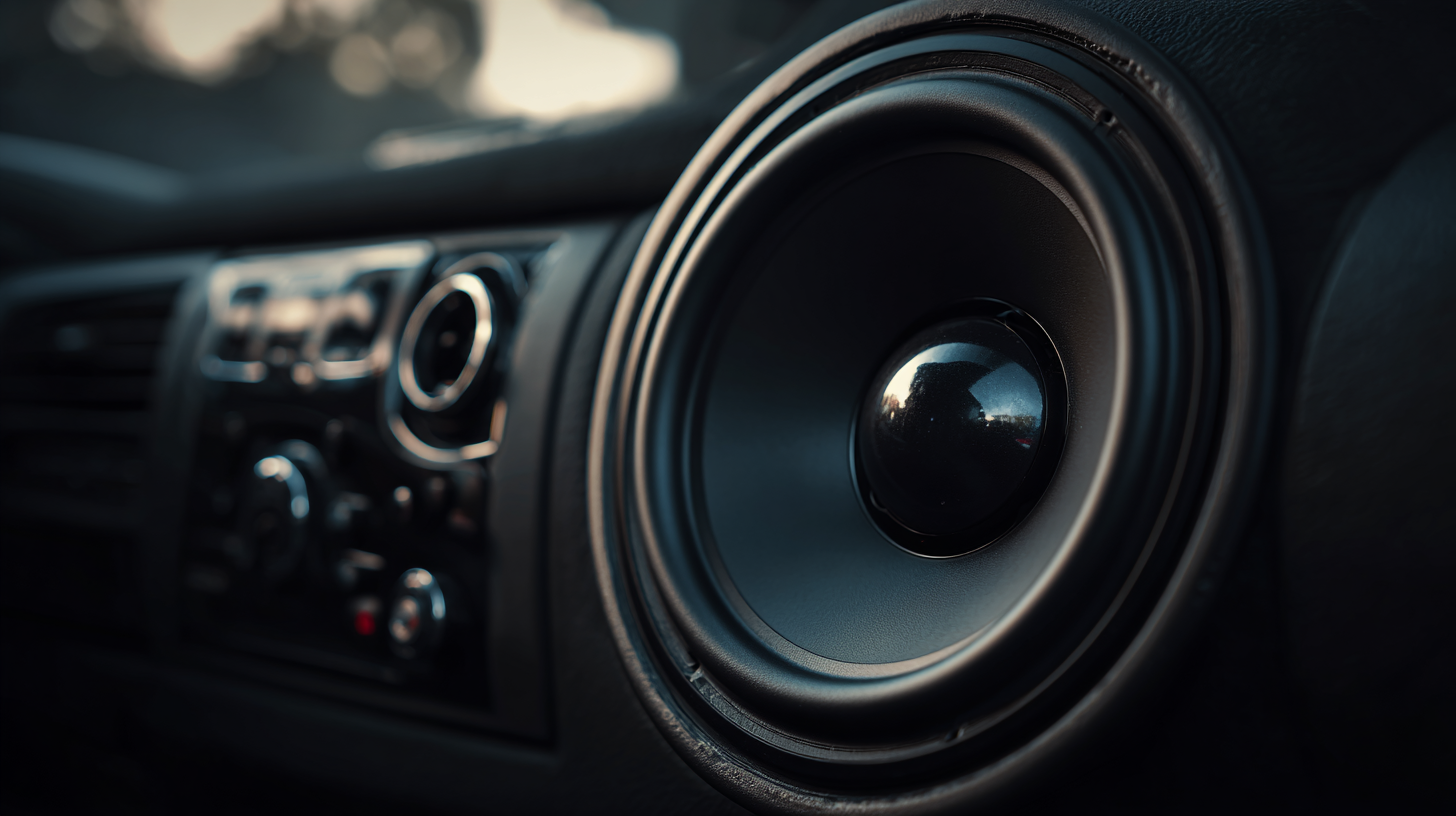
Another important aspect is the type of enclosure used for the subwoofer, as it greatly affects sound quality. There are various types of enclosures, such as sealed, ported, and bandpass, each with its own sound characteristics. Sealed boxes provide tight, accurate bass, while ported boxes offer more volume at lower frequencies. Additionally, consider features like impedance and sensitivity. A lower impedance rating typically indicates a more powerful performance, while higher sensitivity means the subwoofer will require less power to produce sound, making it a perfect match for different amplifier setups.
How to Determine the Right Size Subwoofer for Your Vehicle
When selecting the right size subwoofer for your vehicle, it's essential to consider the available space in your car. Most cars have limited trunk or cabin space, so measuring the area where you plan to install the subwoofer is crucial. Factor in the dimensions of the subwoofer box, as it will influence both the sound quality and the overall fit in your vehicle. Generally, a larger subwoofer, such as a 12-inch or 15-inch model, can produce deeper bass, but you must ensure it won’t overcrowd your audio system or your trunk.
Next, consider the power handling and impedance of the subwoofer. The size should correlate with the amplifier’s capabilities; for instance, a powerful amplifier can drive larger subwoofers more effectively. Furthermore, pairing the right subwoofer size with the proper enclosure type—sealed or ported—will significantly impact sound quality. Sealed boxes tend to produce tighter bass, while ported enclosures offer a louder, boomier sound, which can also be tailored to the subwoofer size you choose. Ultimately, balancing these factors will lead to the best audio experience in your vehicle.
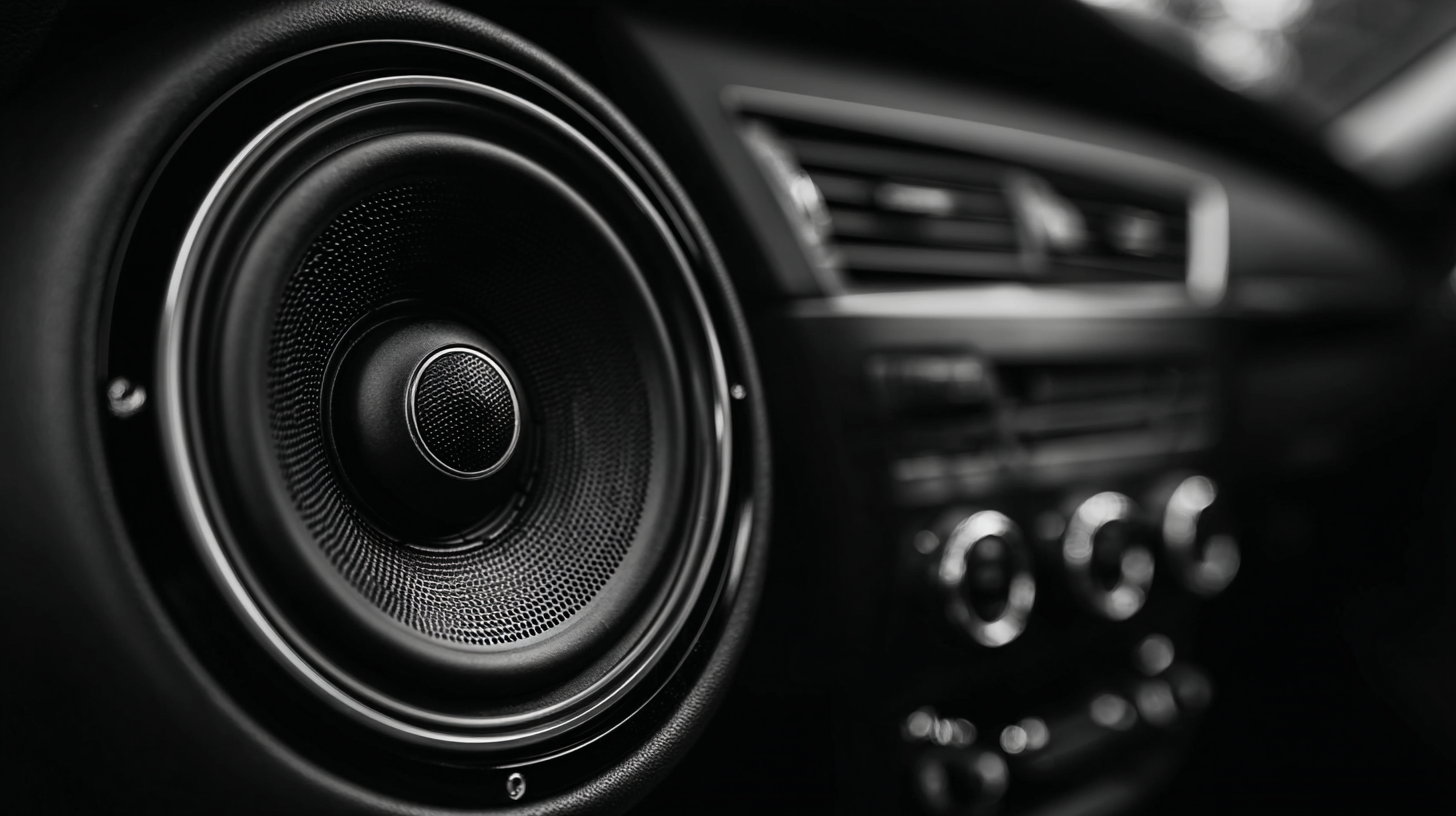
Installation Tips for Optimal Subwoofer Performance in Your Car
When it comes to maximizing the performance of your car audio system, the installation of your subwoofer plays a crucial role. According to a report by the Consumer Electronics Association, properly installed subwoofers can boost overall sound quality by up to 30%. Ensuring that your subwoofer is mounted securely and in an optimal location will not only enhance sound clarity but also improve bass response.
One important tip for installation is to consider the enclosure type. Ported enclosures can provide deeper bass but may require more space, while sealed enclosures deliver tighter bass and are generally more compact. For example, experts recommend a minimum volume of 1 cubic foot for a 12-inch subwoofer in a sealed box to achieve the best sound balance. Proper wiring is also essential; using a 10 to 12-gauge wire for connections can minimize power loss and improve performance, ensuring that your subwoofer operates efficiently.
Additionally, pay attention to the subwoofer's phase alignment. Misalignment can lead to a muddied sound experience as the subwoofer and speakers may cancel each other out. To achieve optimal phase alignment, test different settings and adjust until you find the sweet spot that complements your car’s acoustics. Following these installation tips will ensure that your subwoofer enhances your car audio experience to its fullest potential.
Budgeting for Your Car Audio System: Finding Value in Subwoofers
When budgeting for your car audio system, it’s essential to prioritize how much you’re willing to spend on a subwoofer, as it plays a crucial role in enhancing sound quality. Start by defining your overall budget for the entire audio system, allowing you to allocate appropriate funds for each component, including the subwoofer. A good rule of thumb is to aim for about 20-30% of your total audio budget to be dedicated to the subwoofer, ensuring you invest adequately in this vital piece.
Finding value in subwoofers requires you to balance cost with performance. Do thorough research on different brands and models within your budget. Look for subwoofers with good reviews that provide the best bass response without compromising on sound clarity. Consider factors such as power handling, sensitivity, and enclosure type to ensure you get a subwoofer that meets your needs without overspending. By assessing your options thoughtfully and comparing prices, you can discover high-quality subwoofers that offer exceptional value, enriching your car audio experience without breaking the bank.
Related Posts
-

Essential Checklist for Upgrading Your Car Entertainment System
-
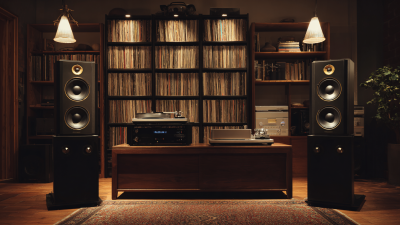
How to Choose the Perfect Audio System for Your Home Setup
-
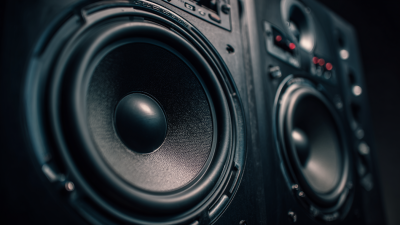
What Are High Speakers? Exploring the Innovations and Benefits for Global Buyers
-

How to Choose the Best Subwoofer for Your Car Audio System
-

Ultimate Checklist for Choosing the Best Car Speakers for Your Sound System
-

How to Choose High Fidelity Speakers for an Unmatched Listening Experience
